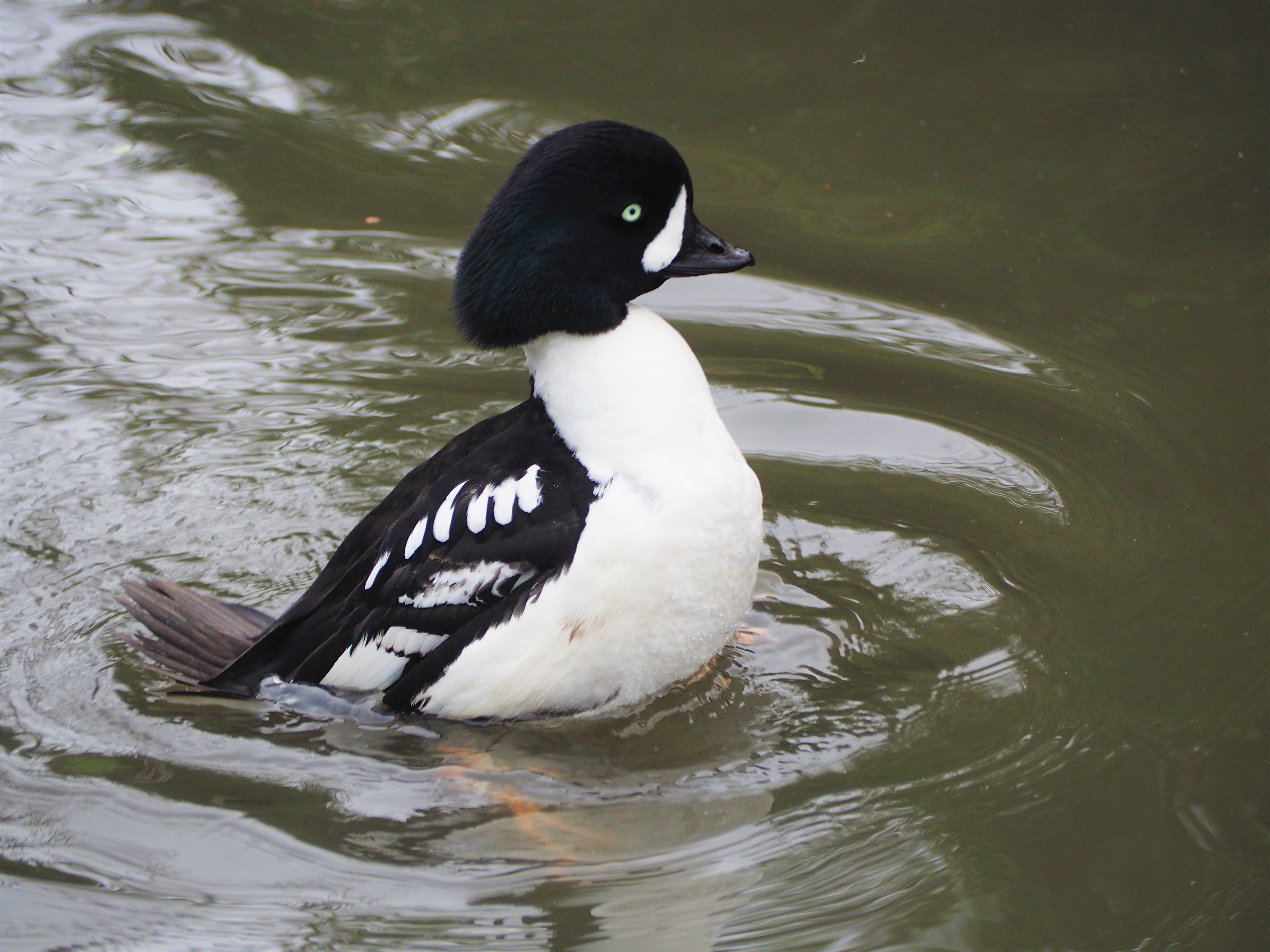Goldeneye (duck) on:
[Wikipedia]
[Google]
[Amazon]
''Bucephala'' is a genus of diving ducks found in the
 Known
Known
Common Goldeneye
at Birdzilla {{Authority control Taxa named by Spencer Fullerton Baird
Northern Hemisphere
The Northern Hemisphere is the half of Earth that is north of the equator. For other planets in the Solar System, north is defined by humans as being in the same celestial sphere, celestial hemisphere relative to the invariable plane of the Solar ...
.
Taxonomy
The genus ''Bucephala'' was introduced in 1858 by American naturalist Spencer Baird with the bufflehead as thetype species
In International_Code_of_Zoological_Nomenclature, zoological nomenclature, a type species (''species typica'') is the species name with which the name of a genus or subgenus is considered to be permanently taxonomically associated, i.e., the spe ...
. The genus name is derived from Ancient Greek
Ancient Greek (, ; ) includes the forms of the Greek language used in ancient Greece and the classical antiquity, ancient world from around 1500 BC to 300 BC. It is often roughly divided into the following periods: Mycenaean Greek (), Greek ...
, meaning , from , and , , a reference to the crest of the bufflehead making its head look large.
The bufflehead was formerly treated as the only member of the genus (sometimes unnecessarily changed to ''Charitonetta'') while the goldeneyes were incorrectly placed in '' Clangula'' (as ''Clangula americana''), the genus of the long-tailed duck, which at that time was placed in '' Harelda''. It may yet be correct to recognise two genera, as the bufflehead and the two goldeneyes are well diverged. In this case, ''Bucephala'' would be restricted to ''B. albeola'' and the name ''Glaucionetta'' (Stejneger, 1885) resurrected for the goldeneyes.
Species
The three living species are: Known
Known fossil
A fossil (from Classical Latin , ) is any preserved remains, impression, or trace of any once-living thing from a past geological age. Examples include bones, shells, exoskeletons, stone imprints of animals or microbes, objects preserve ...
taxa are:
* ''Bucephala cereti'' (Sajóvölgyi Middle Miocene of Mátraszõlõs, Hungary - Late Pliocene of Chilhac, France)
* ''Bucephala ossivalis'' (Late Miocene/Early Pliocene of Bone Valley, United States), which was very similar to the common goldeneye and may even have been a paleosubspecies or direct ancestor
* ''Bucephala angustipes'' (Early Pleistocene of central Europe)
* ''Bucephala'' sp. (Early Pleistocene of Dursunlu, Turkey)
''Bucephala fossilis'' (Late Pleistocene of California, United States) is now considered an extinct subspecies
In Taxonomy (biology), biological classification, subspecies (: subspecies) is a rank below species, used for populations that live in different areas and vary in size, shape, or other physical characteristics (Morphology (biology), morpholog ...
of the Bufflehead.
References
External links
Common Goldeneye
at Birdzilla {{Authority control Taxa named by Spencer Fullerton Baird